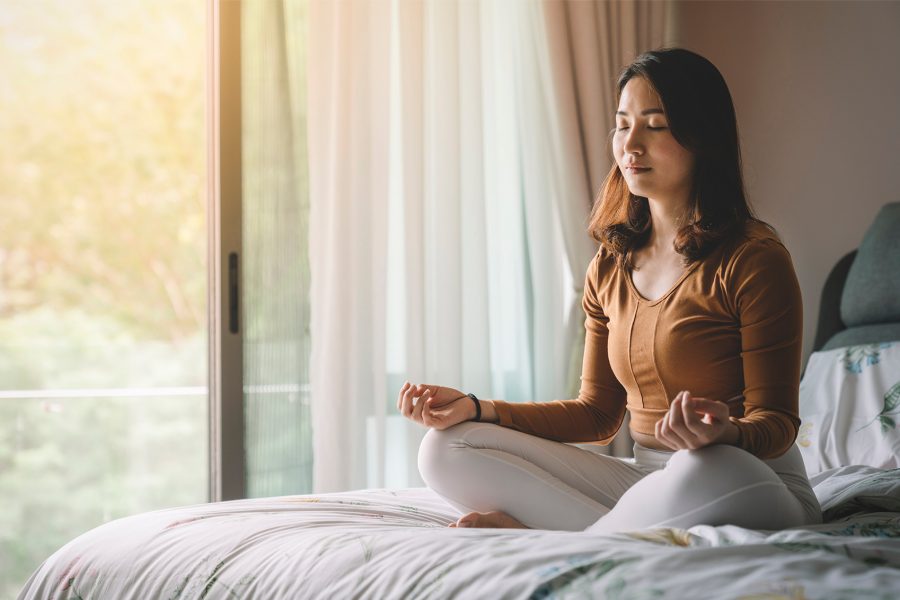We all know mindfulness is important, and we’ve seen greater emphasis placed on this concept in the past few years. But while you may have heard of activities like sound bowl healing, forest bathing or digital detoxes, you may still be unsure how to practise mindfulness in your daily life.
Mindfulness is defined by a state in which we are fully present in the moment. With roots in Buddhism, it comes with a slew of scientifically proven benefits: aside from aiding in the treatment of mental illnesses like depression, it can also help to reduce stress, improve immune functioning and alleviate insomnia.
Practising mindfulness needn’t be an arduous task if you try to focus on activities you can already make part of your regular routine. With time and consistency, you’ll have carved out a mental “space” for yourself that you can access simply by unrolling your yoga mat or taking a moment to adjust your breathing.
Here are a few ways to incorporate mindfulness into your life, from daily habits to more intermittent treatments.
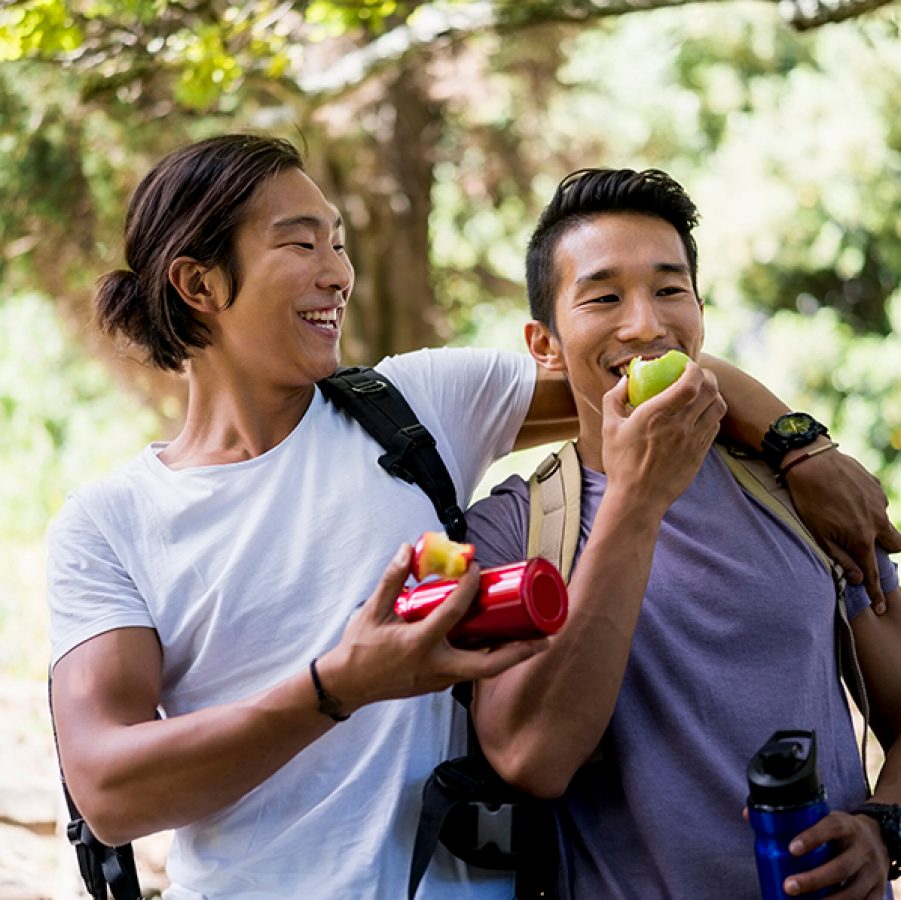
Credit: Getty Images
Ground yourself in the moment
The key to practising mindfulness is being present in everything you do whether good, bad or neutral – shopping for groceries, eating lunch, and yes, even when writing a frustrating work email. Embracing your emotions and thoughts, both positive and negative, is far from easy, especially when distractions are everywhere, but every small step counts as practice.
Start with a moment in your day such as your morning commute when you can observe your thoughts and feelings, or it could be a mealtime when you can put down your phone, eat slowly and pay attention to each flavour on your plate.
If you struggle with just what to reflect on, consider sensory questions like “what sounds am I hearing and where are they coming from”; or awareness-related questions such as “where is my attention going�”, “am I staying present”, or “why am I having trouble keeping to the present”.
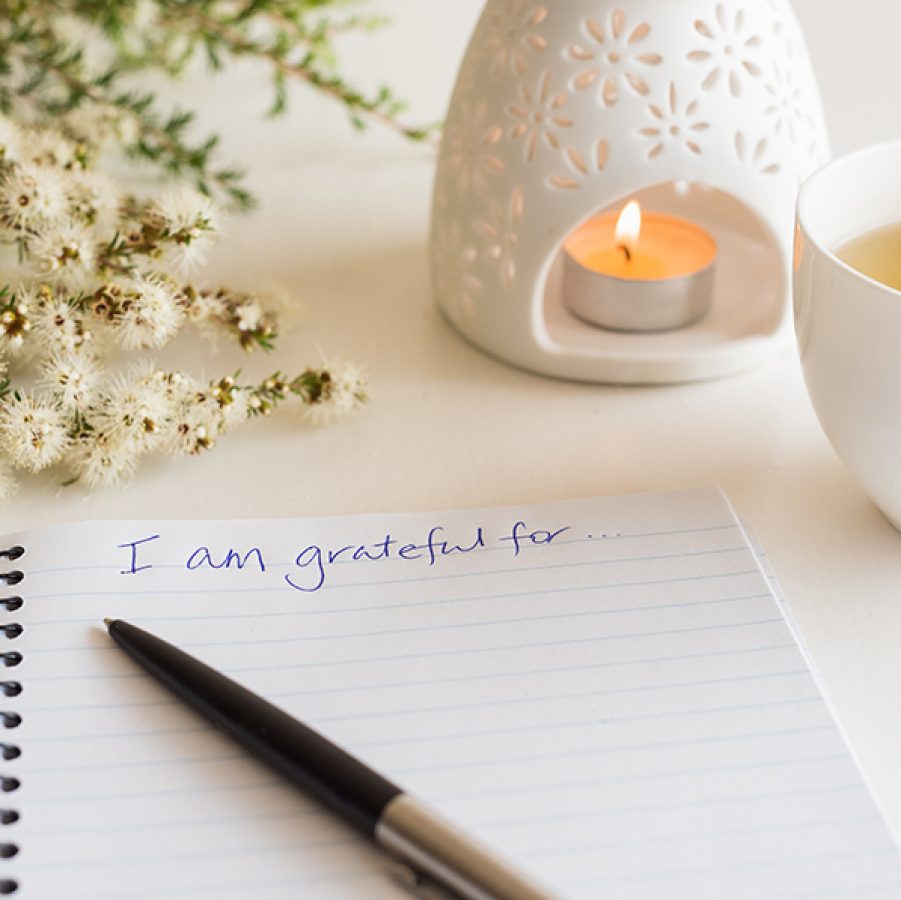
Credit: Getty Images
Practice gratitude
Gratitude comes with practice. Start by writing down three things you’re grateful for every day, whether they are intentional acts of kindness or just serendipitous strokes of luck.
Once this becomes a habit, start a mindfulness journal by reflecting on more events, such as negative urges that you resisted; beautiful things that you heard; or subjects that challenged you. Received a compliment from a colleague? Jot it down. Dunked a paper ball into the bin? Make a note of it.
Remember, however, that a mindfulness journal is not just a record of the day’s events but is written with an intention of reducing stress or enhancing self-awareness.
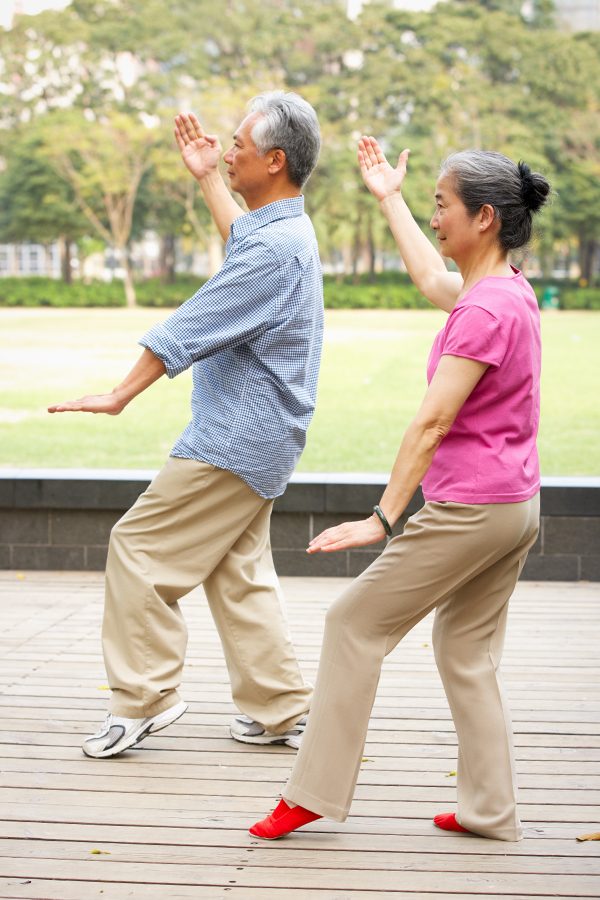
Credit: Getty Images

Credit: Getty Images
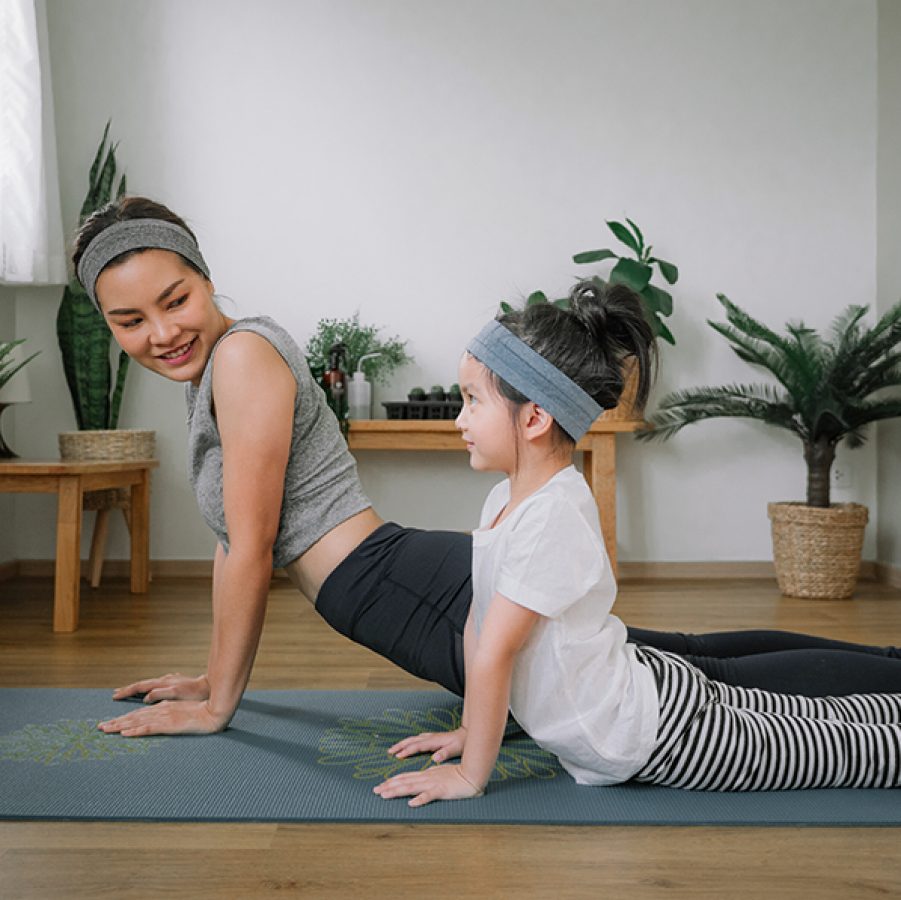
Credit: Getty Images
Keep moving
Absorbing yourself in physical activity is an excellent form of mindfulness. If you’re already an active person, challenge yourself by opting for more calm, introspective forms of exercise like yoga, Tai Chi, Pilates and even regular walks in the park, as these will work out your brain muscles.
According to Johns Hopkins Medicine, yoga alone promotes sleep, energy, and better moods, along with a long list of physical health benefits – so much so that the US military, the US National Institutes of Health and other organisations are incorporating yoga’s values into healthcare.
For days when a workout is just not possible, try to sneak small exercises into your daily routine, such as opting for the stairs to the office rather than the escalators or lifts.
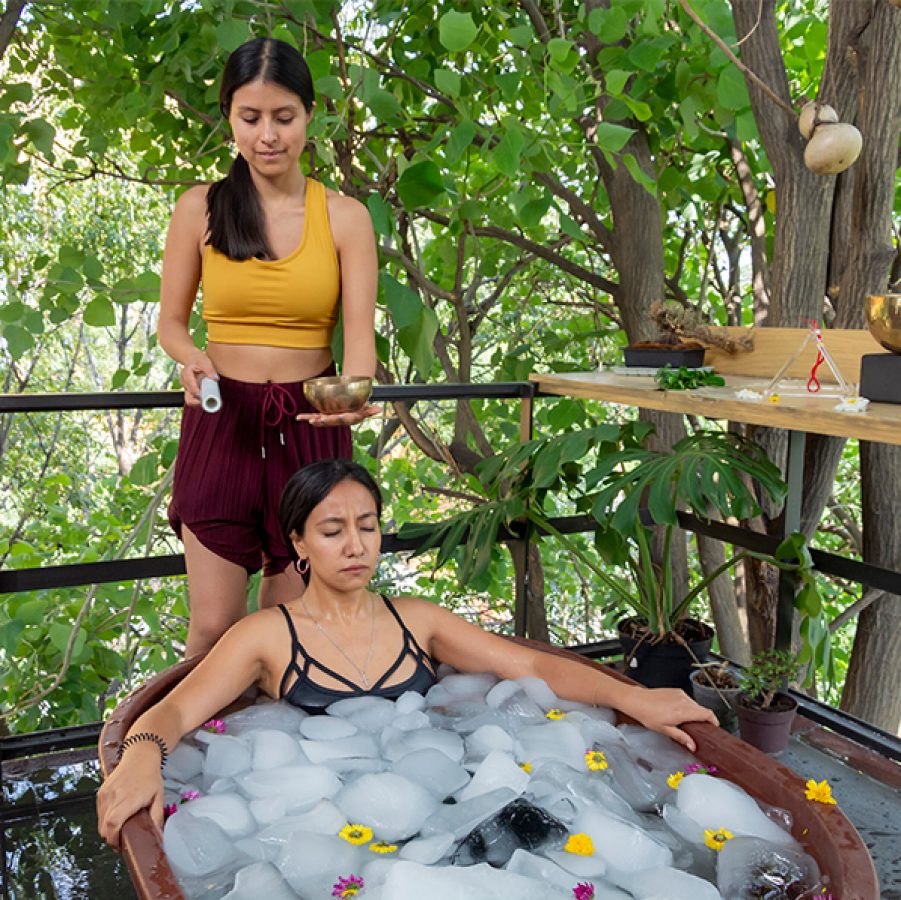
Credit: Getty Images
Chill out
Originally intended to treat tissue lesions, cryotherapy – during which the body is submerged in a sealed box of cold air – or ice baths where you dip into ice-cold water have gained popularity in wellness spheres. Shocking the body with sub-zero temperatures is believed to open the gateway to a state of relaxation.
Though cryotherapy’s claims of improving sleep quality, focus and clarity have yet to be scientifically proven, many people swear by this treatment. Dutch extreme athlete Wim Hof believes that cold environments and good breathwork complement each other in meditation to improve mood, immune functions and connection to oneself.
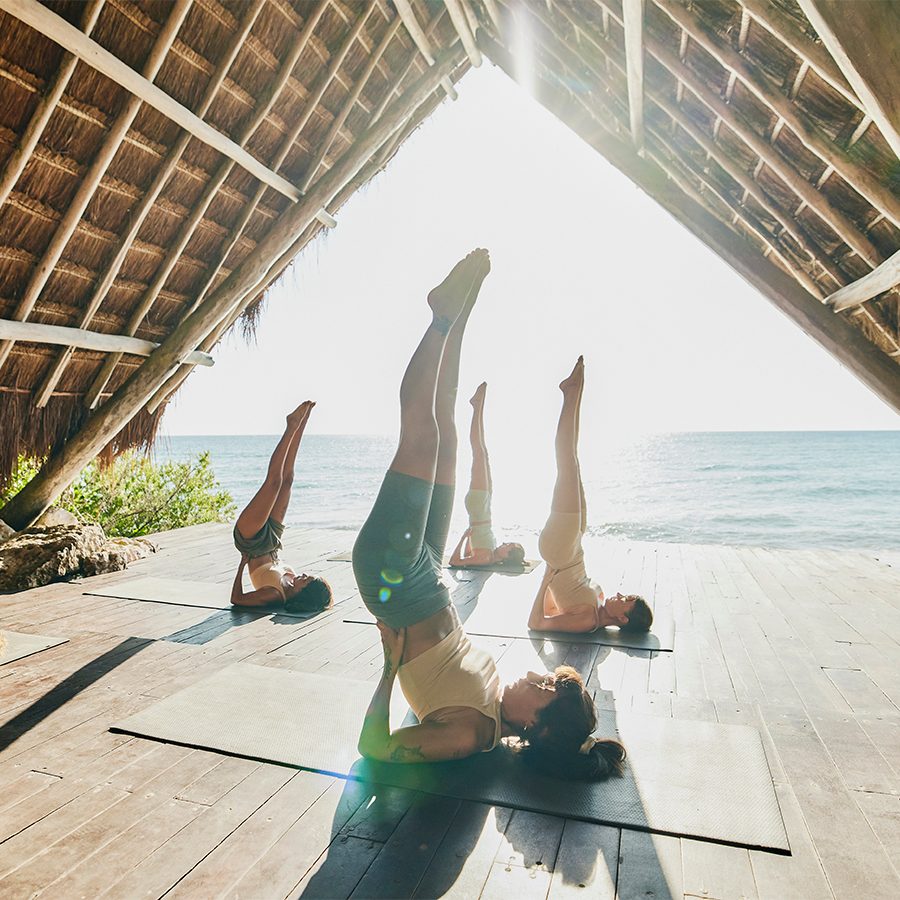
Credit: Getty Images
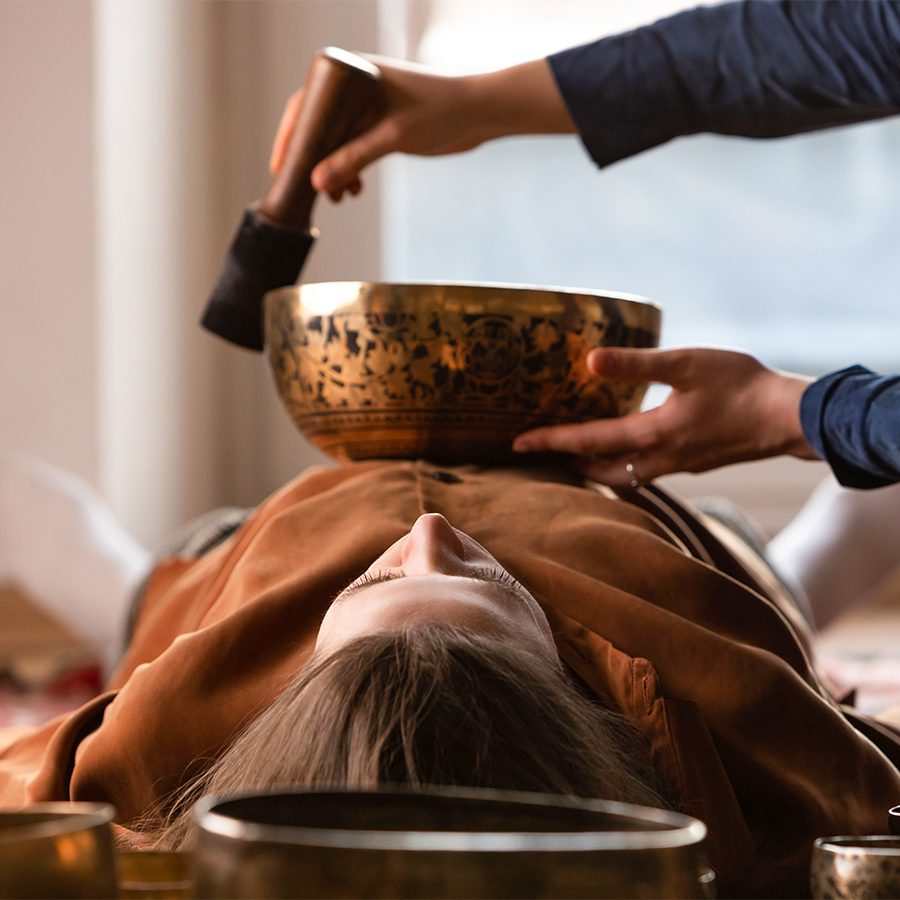
Retreat
Wellness retreats are an effective form of mindfulness as they take you away from your daily distractions and place you in situations where you are encouraged to be present for anything from a few hours to a few weeks.
They usually take the form of digital detoxes – where no electronics are allowed – and silent retreats – where communication is kept to a nil. Gentle exercises, often in nature, and lighter meals are also to be expected in these programmes, as are holistic treatments such as massages or even sound baths.
The wellness journey on our Asia Miles app can help you keep up with your mindfulness practices by rewarding you with miles for completing activities like stretching, yoga, walking and more, which it tracks via your connected smart devices. Every user can earn up to 2,555 miles annually by reaching different wellness goals.
And, in case you run out of ideas on how to be present, the app’s wellness journey also offers inspiration on forming good eating habits, staying fit by running and cycling, and even the best spots to watch the sunrise.
More inspiration
Hong Kong travel information
- China – the Chinese Mainland, Hong Kong SAR, Macao SAR and Taiwan Region
- Hong Kong SAR - English
- Chinese Mainland (China) - English
- Taiwan, China - English
- 香港特別行政區 - 繁體中文
- 中国內地 - 简体中文
- 中國台灣 - 繁體中文
- Africa
- South Africa - English
- Asia
- Bangladesh - English
- Korea - English
- Singapore - English
- Cambodia - English
- 한국 - 한국어
- Sri Lanka - English
- India - English
- Malaysia - English
- Thailand - English
- Indonesia - English
- Maldives - English
- ประเทศไทย - ภาษาไทย
- Indonesia - Bahasa Indonesia
- Myanmar - English
- Vietnam - English
- Japan - English
- Nepal - English
- Việt Nam - tiếng Việt
- 日本 - 日本語
- Philippines - English
- Australasia
- Australia - English
- New Zealand - English
